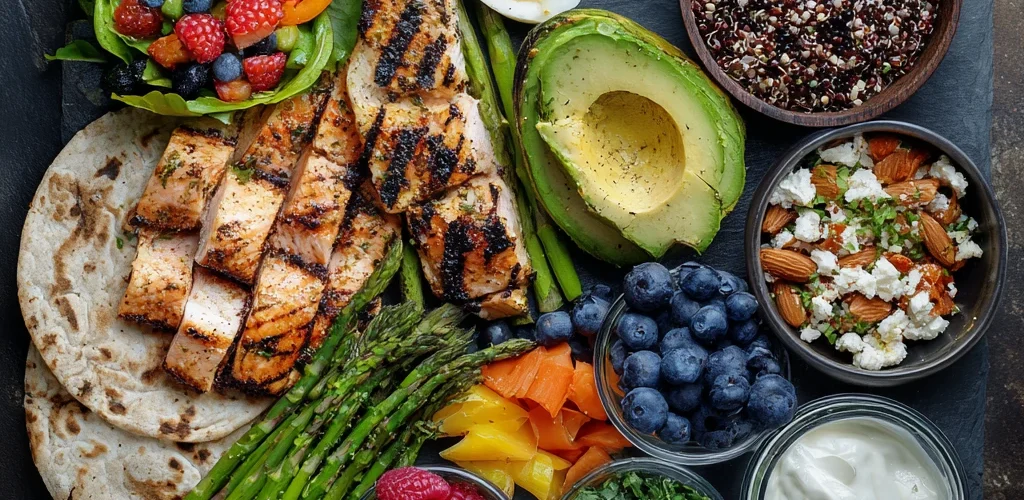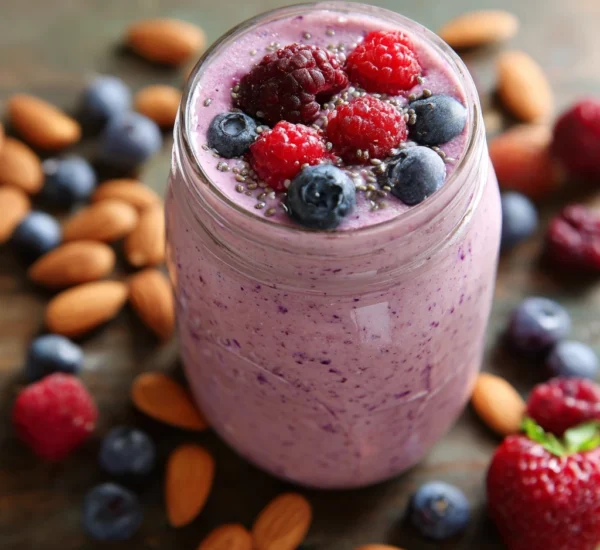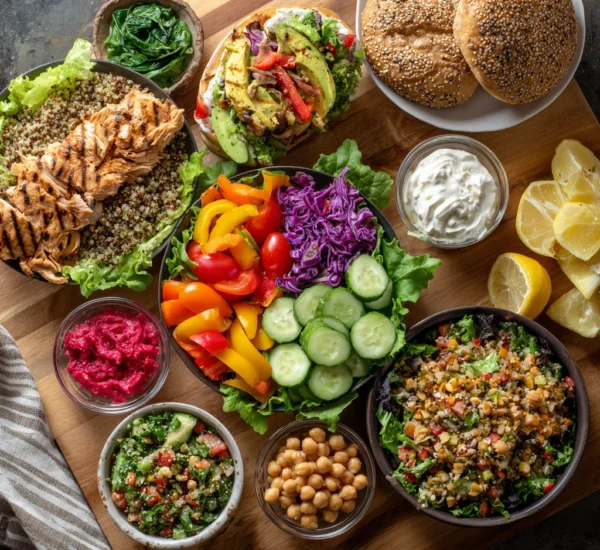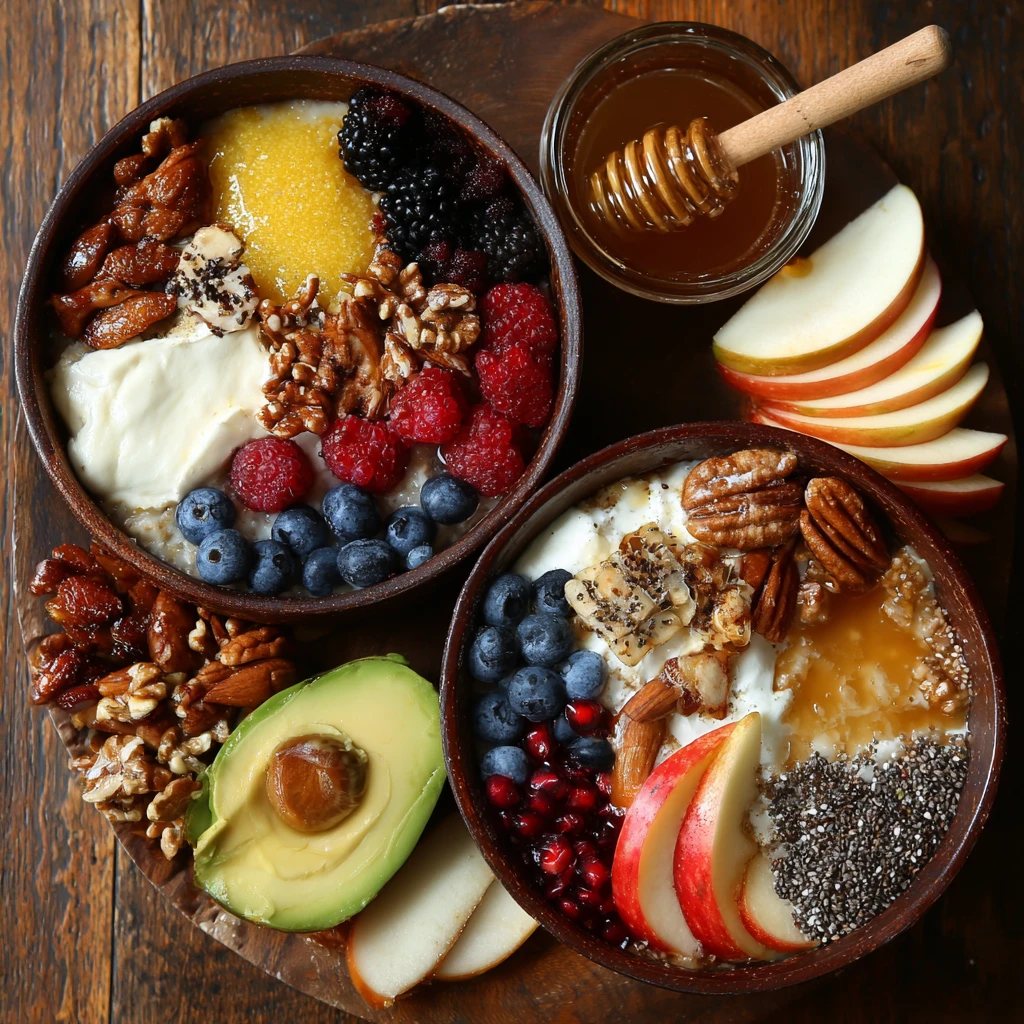Light Dinner Options for Restful Nights: Eat Your Way to Better Sleep
Struggling to fall asleep or waking up feeling restless? What you eat for dinner could be a significant factor. Heavy, high-fat meals late at night can disrupt your sleep cycle, leaving you tossing and turning. The good news is that choosing light and easily digestible dinner options can promote relaxation and contribute to a more restful night’s sleep. This guide explores delicious and satisfying light dinner ideas designed to help you drift off peacefully.
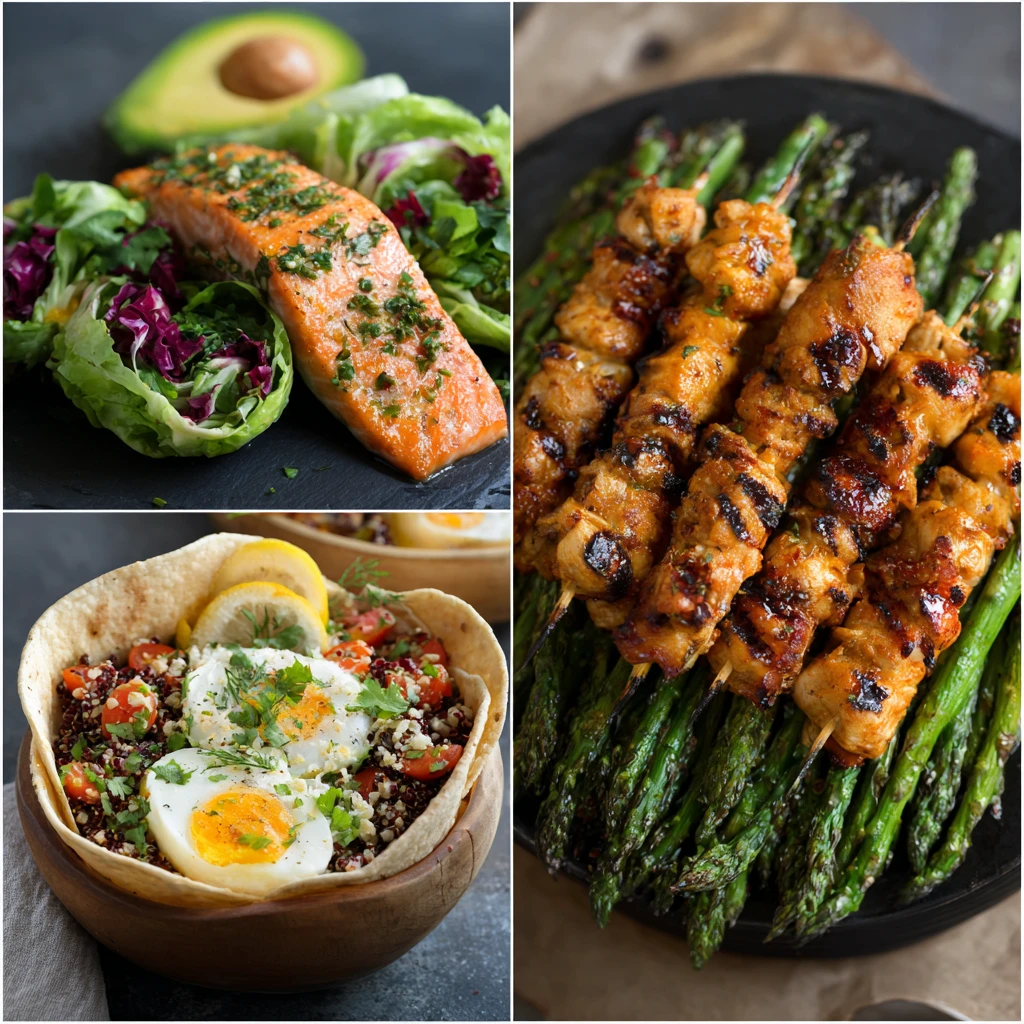
Understanding the Connection Between Food and Sleep
The link between food and sleep is complex and multifaceted. Certain foods contain nutrients that can directly influence sleep-promoting hormones, while others can trigger digestive issues that keep you awake.
- Tryptophan: This amino acid is a precursor to serotonin and melatonin, both essential for regulating sleep. Foods rich in tryptophan include turkey, chicken, nuts, and seeds.
- Melatonin: Known as the "sleep hormone," melatonin helps regulate the sleep-wake cycle. Some foods, such as tart cherries, walnuts, and oats, contain melatonin.
- Magnesium: This mineral promotes muscle relaxation and can help reduce anxiety, both of which contribute to better sleep. Leafy green vegetables, nuts, and seeds are good sources of magnesium.
- Foods to Avoid: High-fat, fried, and processed foods can cause indigestion, heartburn, and bloating, making it difficult to fall asleep. Caffeine and alcohol, especially close to bedtime, are also notorious sleep disruptors.
By understanding how different foods affect your body, you can make informed choices about your dinner that will support a good night’s sleep.
Delicious and Light Dinner Recipes for a Good Night's Sleep
Here are some specific light dinner recipes packed with sleep-promoting nutrients and designed to be easily digestible:
1. Grilled Chicken or Tofu with Roasted Vegetables
This simple and versatile meal is packed with protein and nutrients. Choose lean protein like grilled chicken breast or tofu for a satisfying yet light dinner.
- Preparation: Marinate chicken or tofu in a simple lemon-herb marinade. Roast your favorite vegetables, such as broccoli, bell peppers, zucchini, and sweet potatoes, with olive oil, salt, and pepper. Grill the chicken or tofu until cooked through. Serve together.
- Why it works: Chicken and tofu are sources of tryptophan. Roasted vegetables provide essential vitamins and minerals, including magnesium, and fiber.
2. Salmon with Quinoa and Asparagus
Salmon is rich in omega-3 fatty acids, which have been linked to improved sleep quality. Quinoa is a complete protein and a good source of magnesium. Asparagus is a low-calorie vegetable packed with vitamins.
- Preparation: Bake or pan-fry a salmon fillet. Cook quinoa according to package directions. Steam or grill asparagus until tender. Season with lemon juice, herbs, and a sprinkle of salt and pepper.
- Why it works: Omega-3 fatty acids in salmon may help regulate sleep hormones. Quinoa provides sustained energy without being overly heavy, and asparagus is light and easily digestible.
3. Lentil Soup
Lentil soup is a comforting and filling meal that’s also packed with fiber and protein. It’s naturally low in fat and easy on the digestive system.
- Preparation: Sauté onions, carrots, and celery in a pot. Add lentils, vegetable broth, diced tomatoes, and your favorite herbs and spices. Simmer until the lentils are tender.
- Why it works: Lentils are a good source of complex carbohydrates and fiber, which promote stable blood sugar levels and prevent late-night cravings. The warm broth is also soothing and relaxing.
4. Turkey Lettuce Wraps
Lean ground turkey is a good source of tryptophan, and lettuce wraps are a light and refreshing alternative to traditional wraps.
- Preparation: Brown ground turkey with diced onions, garlic, and your favorite vegetables. Season with soy sauce, ginger, and a touch of honey. Serve in lettuce cups with shredded carrots, cucumbers, and a sprinkle of sesame seeds.
- Why it works: Turkey provides tryptophan, and the lettuce wraps are low in carbohydrates and calories, making them easy to digest.
5. Greek Yogurt with Berries and Nuts
This simple and satisfying dessert-like dinner is packed with protein, antioxidants, and healthy fats.
- Preparation: Combine Greek yogurt with a handful of berries and a sprinkle of nuts. You can also add a drizzle of honey for extra sweetness.
- Why it works: Greek yogurt is a good source of protein, which can help stabilize blood sugar levels and prevent cravings. Berries are rich in antioxidants, and nuts provide healthy fats and magnesium.
6. Sweet Potato and Black Bean Quesadillas
This vegetarian option is packed with fiber and flavor. Sweet potatoes are a good source of complex carbohydrates, and black beans are rich in protein and fiber.
- Preparation: Roast or bake a sweet potato until tender. Mash the sweet potato and mix with black beans, salsa, and shredded cheese (optional). Spread the mixture on a tortilla and fold in half. Cook in a skillet until golden brown and the cheese is melted (if using).
- Why it works: Sweet potatoes provide sustained energy without being overly heavy, and black beans add protein and fiber.
7. Chicken and Vegetable Skewers
These colorful and flavorful skewers are a fun and healthy way to enjoy a light dinner.
- Preparation: Marinate diced chicken in a lemon-herb marinade. Thread the chicken onto skewers with your favorite vegetables, such as bell peppers, onions, zucchini, and cherry tomatoes. Grill or bake until the chicken is cooked through and the vegetables are tender.
- Why it works: Chicken provides tryptophan, and the vegetables offer a variety of vitamins and minerals.
8. Avocado Toast with Egg
Avocado toast has become a popular and simple meal. Adding an egg boosts the protein content.
- Preparation: Toast whole-wheat bread. Mash avocado and spread it on the toast. Top with a fried or poached egg. Season with salt, pepper, and red pepper flakes.
- Why it works: Avocado provides healthy fats and fiber, and the egg adds protein.
9. Chickpea Pasta Salad
Chickpea pasta is a gluten-free alternative to traditional pasta and is packed with protein and fiber.
- Preparation: Cook chickpea pasta according to package directions. Toss with chopped vegetables, such as cucumbers, tomatoes, bell peppers, and olives. Dress with a lemon-herb vinaigrette.
- Why it works: Chickpea pasta provides sustained energy without being overly heavy, and the vegetables offer a variety of vitamins and minerals.
10. Tuna Salad Lettuce Wraps
Tuna is a good source of protein and omega-3 fatty acids. Using lettuce wraps keeps the meal light and low in carbohydrates.
- Preparation: Mix canned tuna with mayonnaise, celery, onion, and your favorite seasonings. Serve in lettuce cups.
- Why it works: Tuna provides protein and omega-3 fatty acids, and the lettuce wraps are low in carbohydrates and calories.
Tips for Optimizing Your Dinner for Sleep
Beyond choosing the right foods, consider these tips to further optimize your dinner for restful sleep:
- Eat Dinner at Least 2-3 Hours Before Bedtime: This allows your body ample time to digest the food before you lie down. Eating too close to bedtime can interfere with sleep.
- Portion Control: Avoid overeating, even if you're eating healthy foods. Large portions can lead to indigestion and discomfort.
- Hydration: Stay hydrated throughout the day, but avoid drinking too much liquid close to bedtime to minimize nighttime bathroom trips.
- Avoid Processed Foods: Highly processed foods often contain hidden sugars, unhealthy fats, and artificial additives that can disrupt sleep.
- Create a Relaxing Evening Routine: Combine your healthy dinner with a relaxing routine, such as taking a warm bath, reading a book, or practicing meditation, to further promote sleep.
The Importance of a Consistent Sleep Schedule
While diet plays a significant role, it’s crucial to remember that a consistent sleep schedule is equally important. Try to go to bed and wake up around the same time each day, even on weekends, to regulate your body’s natural sleep-wake cycle.
- Create a Relaxing Bedroom Environment: Ensure your bedroom is dark, quiet, and cool to create an optimal sleep environment.
- Limit Screen Time Before Bed: The blue light emitted from electronic devices can interfere with melatonin production, making it difficult to fall asleep.
- Consider Supplements: If you're still struggling to sleep, talk to your doctor about whether supplements like magnesium or melatonin might be helpful.
Conclusion: Embrace Light Dinners for Better Sleep
By making conscious choices about your dinner, you can significantly improve your sleep quality. Incorporating light, easily digestible meals rich in sleep-promoting nutrients can help you relax, fall asleep faster, and wake up feeling refreshed. Remember to combine a healthy diet with a consistent sleep schedule and a relaxing evening routine for optimal results. Sweet dreams!
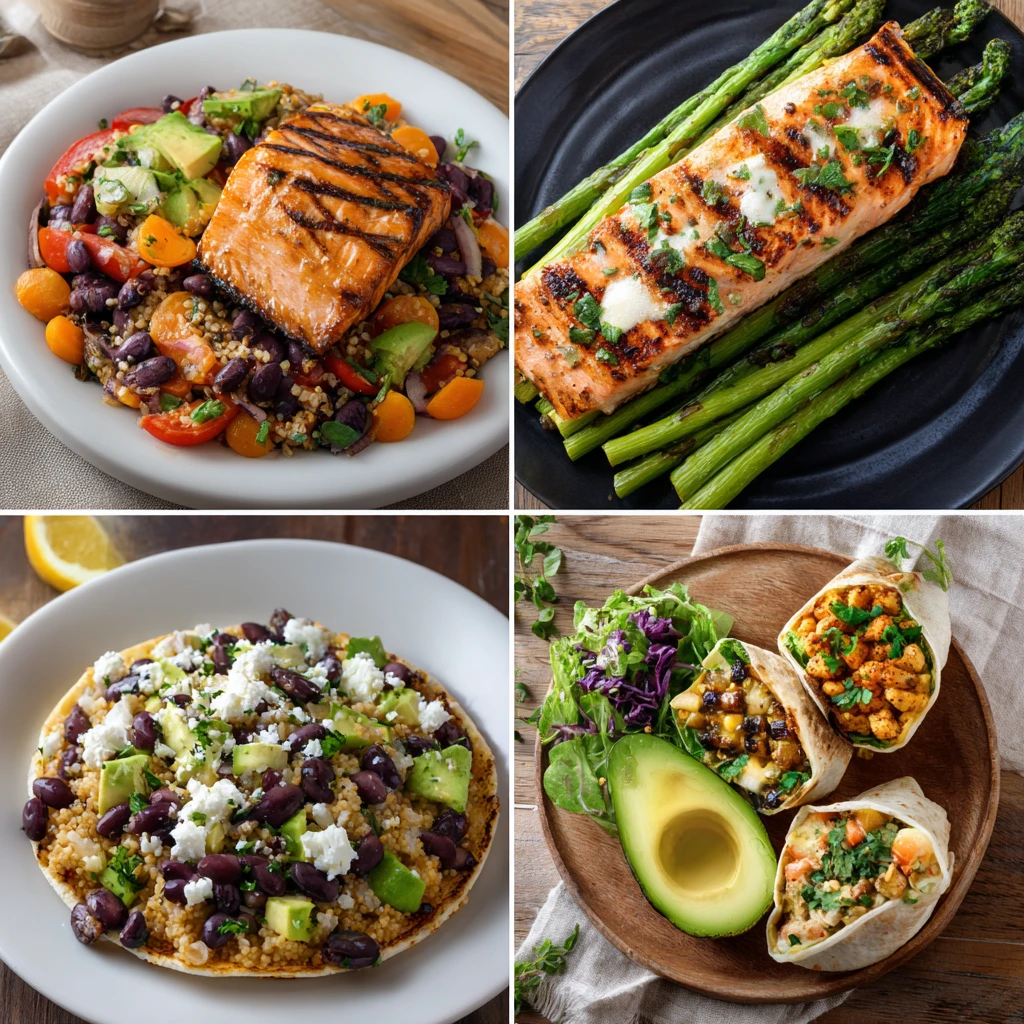
FAQs About Light Dinners for Restful Nights
Q: What is the best time to eat dinner for optimal sleep?
A: Aim to eat dinner at least 2-3 hours before bedtime to allow your body time to digest the food properly.
Q: Are there any specific foods I should always avoid before bed?
A: Yes, avoid high-fat, fried, and processed foods, as well as caffeine and alcohol, close to bedtime. These can disrupt your sleep.
Q: Can a light dinner really make a difference in my sleep quality?
A: Absolutely! Choosing light, easily digestible foods rich in sleep-promoting nutrients can help you relax, fall asleep faster, and sleep more soundly.
Q: What if I get hungry before bed after eating a light dinner?
A: If you’re hungry, opt for a light snack like a handful of nuts, a small bowl of Greek yogurt, or a cup of chamomile tea.
Q: Is it okay to eat carbs for dinner if I want to sleep well?
A: Yes, complex carbohydrates like sweet potatoes, quinoa, and lentils can be part of a healthy and sleep-promoting dinner. Just avoid refined carbs like white bread and sugary cereals.
